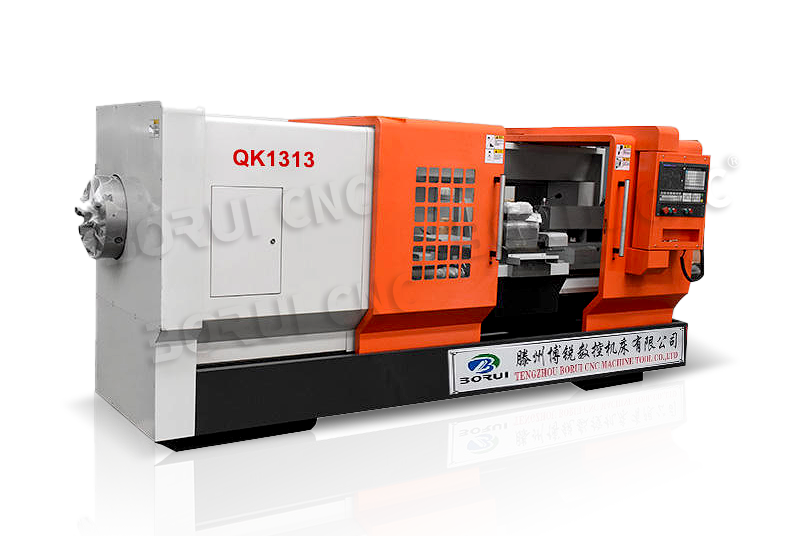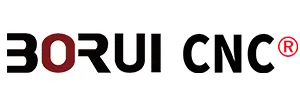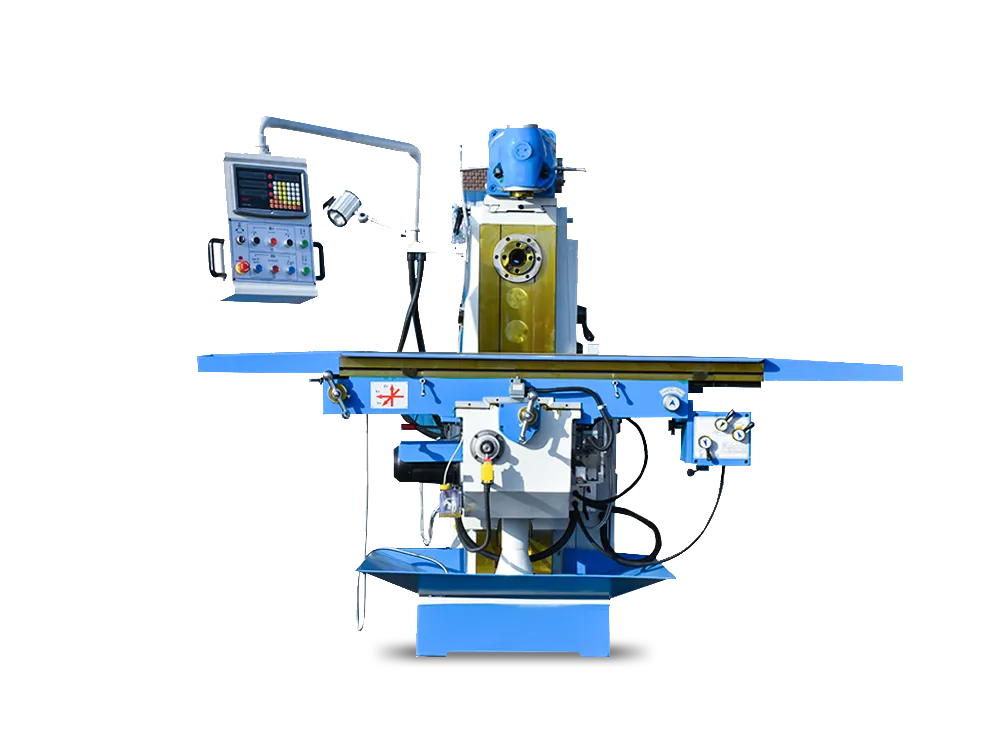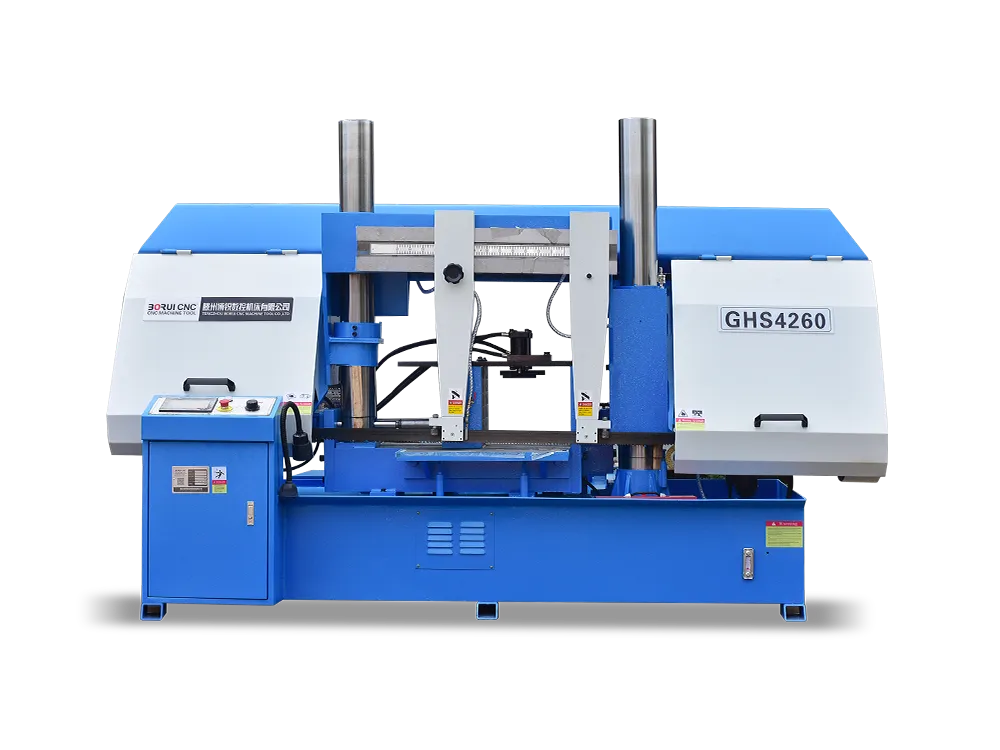
Threads are continuous protrusions and grooves with the same cross-section and specified profile formed along the helix on the cylindrical or conical surface. In various mechanical products, parts with threads are widely used. It is mainly used as connecting parts, fastening parts, transmission parts and measuring parts, etc. Machining threads on a CNC lathe is one of the more commonly used machining methods. Thread machining on CNC lathes occupies an increasingly important position in machining due to the advantages of high machining accuracy, good product uniformity, and wide machining range. In daily life, things related to threads can be seen everywhere. It can be said that people’s daily necessities are inseparable from these things, which are closely related to people’s lives. In the manufacture of machinery industry, these threaded parts are widely used, but the processing of threads is a difficult point. Therefore, in order to increase the value of the product quickly and efficiently, it is necessary to improve the quality of the thread.
When using a CNC lathe to process threads, due to the change of the transmission chain, in principle, the rotational speed can be ensured that the tool can be displaced along the main feed axis (mostly the Z axis) by one pitch every time the spindle rotates once, and should not be restricted. . However, when CNC lathes process threads, they will be affected by the following aspects:
- The pitch (lead) value commanded in the thread machining block is equivalent to the feed rate F expressed by the feed rate (mm/r). If the spindle speed of the machine tool is selected too high, the converted feed The speed (mm/min) must greatly exceed the normal value;
- At the beginning/end of its displacement, the tool will be constrained by the up/down frequency of the servo drive system and the interpolation operation speed of the numerical control device. The “advance” and “lag” produced by the movement cause the pitch of some threads to not meet the requirements;
- The turning thread must be realized by the synchronous operation function of the spindle, that is, the turning thread needs a spindle pulse generator (encoder). When the spindle speed is selected too high, the positioning pulse sent by the encoder (that is, a reference pulse signal sent out when the spindle makes one revolution) may be caused by “overshoot” (especially when the quality of the encoder is unstable). Causes the thread of the workpiece to be cluttered.
Therefore, when threading, the determination of the spindle speed should follow the following principles:
- In the case of ensuring production efficiency and normal cutting, a lower spindle speed should be selected;
- When the lead-in length δ1 and the cut-out length δ2 in the thread processing program segment are considered adequate, that is, when the thread feed distance exceeds the specified thread length on the drawing, an appropriately higher spindle speed can be selected;
- When the allowable working speed specified by the encoder exceeds the maximum speed of the spindle specified by the machine tool, the spindle speed as high as possible can be selected;
- Under normal circumstances, the spindle speed (n screw) when threading should be determined according to the calculation formula specified in the manual of its machine tool or CNC system, and its calculation formula is mostly: n screw≤nallow/L(r/min) In the formula, n allows—the maximum working speed allowed by the encoder (r/min); L—the pitch (or lead, mm) of the workpiece thread.




